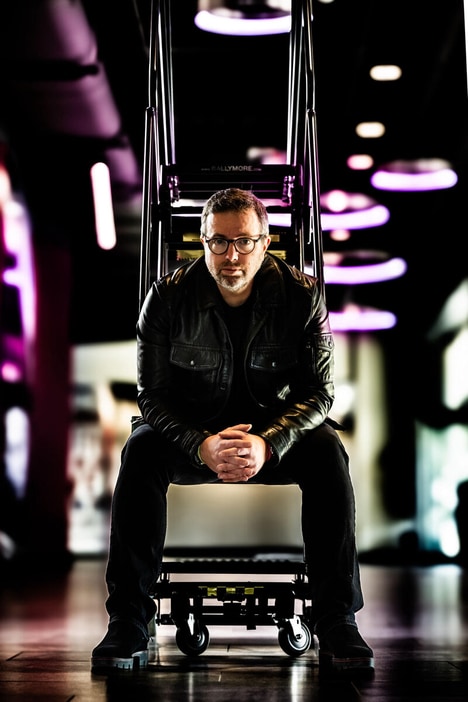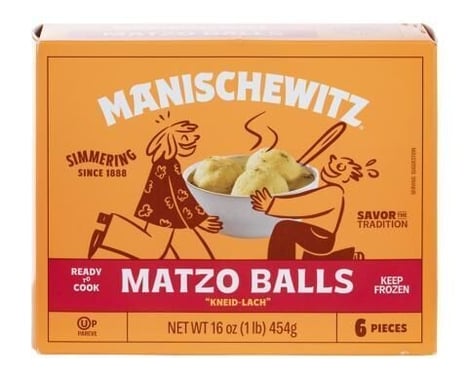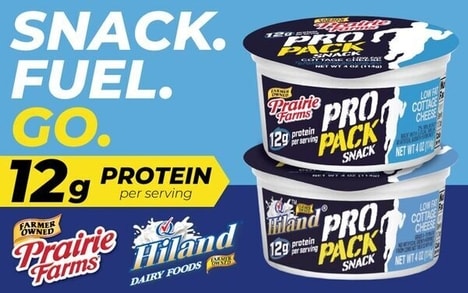Turning Sauce Into Strategy
An Innovation Interview with Christophe Poirier, the Chief New Concept Officer at Yum! Brands
 Christophe Poirier is the Chief New Concept Officer at Yum! Brands, where he's reimagining the future of iconic brands like KFC, Pizza Hut, Taco Bell, and The Habit Burger Grill. With nearly two decades of leadership experience, he's known for flipping conventions—literally turning chicken tenders into the side dish and making sauce the star. His innovation philosophy centers on three pillars: truth, trust, and passion, while his PINK framework (Personalized, Intuitive, Next, Kinetic) drives continuous movement in an industry where standing still means falling behind.
Christophe Poirier is the Chief New Concept Officer at Yum! Brands, where he's reimagining the future of iconic brands like KFC, Pizza Hut, Taco Bell, and The Habit Burger Grill. With nearly two decades of leadership experience, he's known for flipping conventions—literally turning chicken tenders into the side dish and making sauce the star. His innovation philosophy centers on three pillars: truth, trust, and passion, while his PINK framework (Personalized, Intuitive, Next, Kinetic) drives continuous movement in an industry where standing still means falling behind.1. What does innovation mean to you?
In my line of business, innovation is about addressing customer needs that haven't been covered by the billions of competitors we have. But here's the critical part—it's the difference between giving people what they want versus what they expect. If you give someone exactly what they expect, there's no surprise. Innovation happens when you fulfill their deeper need in an unexpected way.
I believe innovation in food follows the MAYA principle—Most Advanced Yet Acceptable. Unlike tech where disruption is king, food innovation requires respecting conventions while pushing boundaries. It's finding that fine line between "that's cool, I didn't expect that" and staying accessible. Too far and you alienate; too close and it's just more of the same.
2. How does your team generate new ideas?
I lead from the back, not the front. When you lead from the front, people execute what you want. When you lead from the back, you give freedom for people to surprise you in good ways.
Take Saucy, for example. Instead of creating another chicken tender concept, we flipped the script—tenders became the side, sauce became the core. Suddenly, you're not just dipping; you're experiencing sauce as the main event. The word "saucy" itself has that double meaning—functional and emotional. That's how breakthrough ideas emerge: by turning conventions upside down while staying grounded in what customers actually crave.
3. Do you have any specific rituals for resetting your team to be creative?
My core ritual is constantly asking my team to bring three things: what's hot right now, what are the conventions, and how can we push the envelope without going over the edge. It's about finding that MAYA sweet spot consistently.
Personally, I reset by stepping away from the computer—gardening, cycling, swimming, sailing. These activities allow time for reflection and reconnection. But the most important ritual? Surrounding yourself with people who tell you the truth. The narcissist syndrome—falling in love with your own ideas—is innovation's worst enemy. You need honest voices saying, "Christophe, this idea won't go anywhere."
4. How are you leveraging AI in your innovation process?
AI is replacing activity with action. We have zillions of data points—sales by channel, by time, by location. AI can synthesize all of that instantly. But here's what excites me most: AI pushes us to become better thinkers, not just executors.
I tell my team to become black belts at writing prompts. The quality of your prompt defines the quality of AI's answer. A basic prompt like "what does the best pizza look like?" gets you a basic answer. But when you refine that prompt with specificity and creativity, you get unexpected insights. AI will handle more execution, which means we need our best thinkers focused on the big innovations.
5. How do you identify trends?
We focus on needs, not just trends. I constantly look at what conventions exist and ask how far we can push them. Take "dirty sodas"—if I just say "dirty whatever," people might hesitate. But "dirty soda" signals a familiar base with an unexpected twist. That's the sweet spot.
The key is understanding that in food, unlike tech, people are cautiously adventurous. They want surprise within safety. So we identify movements where we can take the familiar and make it unexpectedly delightful—like making ranch dressing saucy with chimichurri.
6. What is the biggest challenge you face when innovating?
The enemy is FACE—Fear, Attachment, Control, and Entitlement. When people fear losing control or feel attached to their entitlements, innovation dies. You need to surrender those attachments.
In food specifically, the challenge is that everybody's serving the same things. If you're just another tender concept with a slightly different recipe, that's incremental at best. The real challenge is finding that transformative angle while respecting that food is inherently personal and cultural. People don't put just anything in their mouths.
7. Has there ever been an instance where another industry has influenced an innovation at Yum! Brands?
Absolutely. We look at how tech companies create ecosystems, not just products. We study how fashion brands create attitude, not just clothing. With Saucy, we didn't just create a sauce—we created an attitude, a vibe. That's borrowed from lifestyle branding.
We also learn from the immediacy of social media. You can test an idea on Instagram and get instant feedback. This has taught us to be more prolific, more willing to put ideas out there and see what resonates. The days of perfecting something in isolation for a year are over.
8. What makes an innovative culture? How do you create a culture of innovation?
Truth, trust, and passion—those three elements create innovative culture. You need people who will tell you the truth about your ideas. You need to trust the people giving you feedback. And you need passion because innovation isn't 9-to-5; the next breakthrough might come during a Saturday night conversation over beers.
Most importantly, get rid of titles and ego. If the only thing you can put on LinkedIn is your title, that's a problem. Show what you've achieved, what you've built. The moment you surrender attachment to titles and fear of failure, you can start doing truly cool stuff.
9. Looking to the future, how will Yum! Brands continue to be a leader in innovation?
The future is about sprints, not marathons. Brands that survive will be agile and personalized because consumers are becoming less predictable and the world more uncertain. The pandemic taught us that overnight agility is possible and necessary.
We're moving into a reality where uncertainty is the only certainty. You can't design something today expecting it to work for the next decade. How do we build systems that can adapt and win in constant change? That's the question driving us forward. Agility and versatility aren't just nice-to-haves—they're survival skills in tomorrow's market.
References: yum


